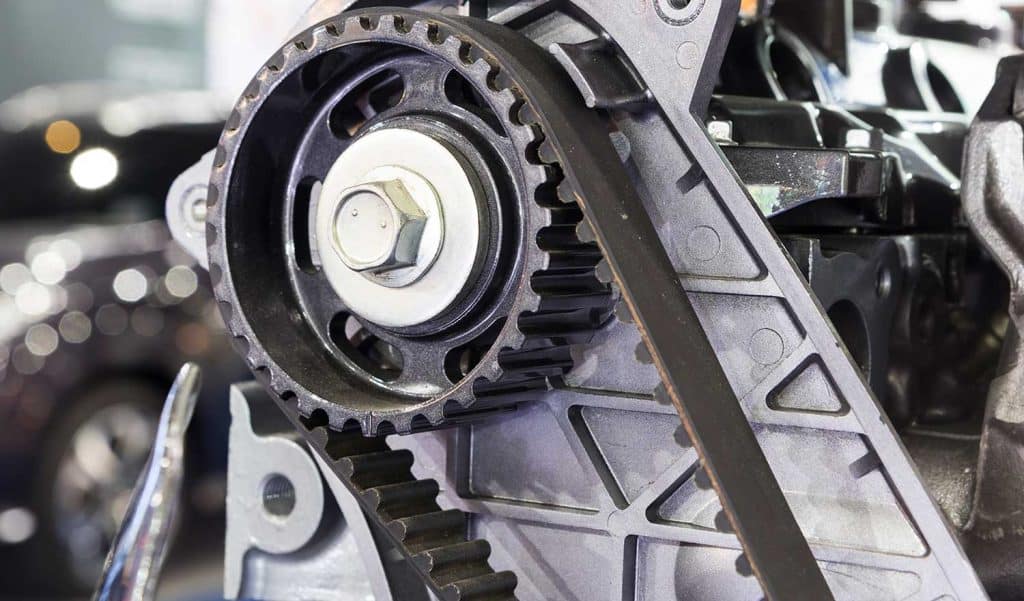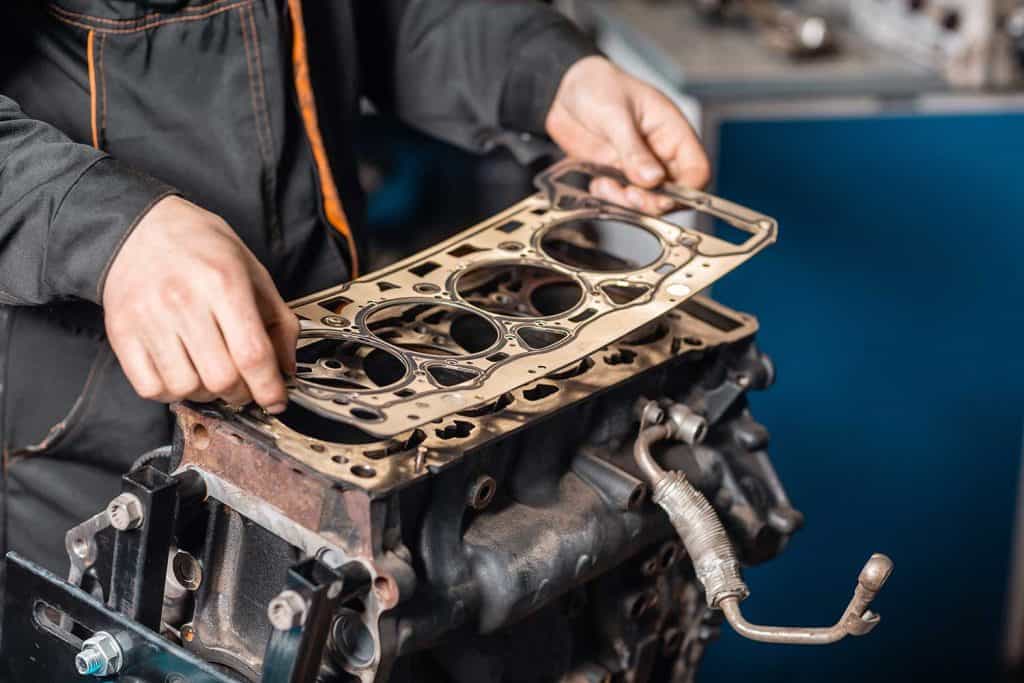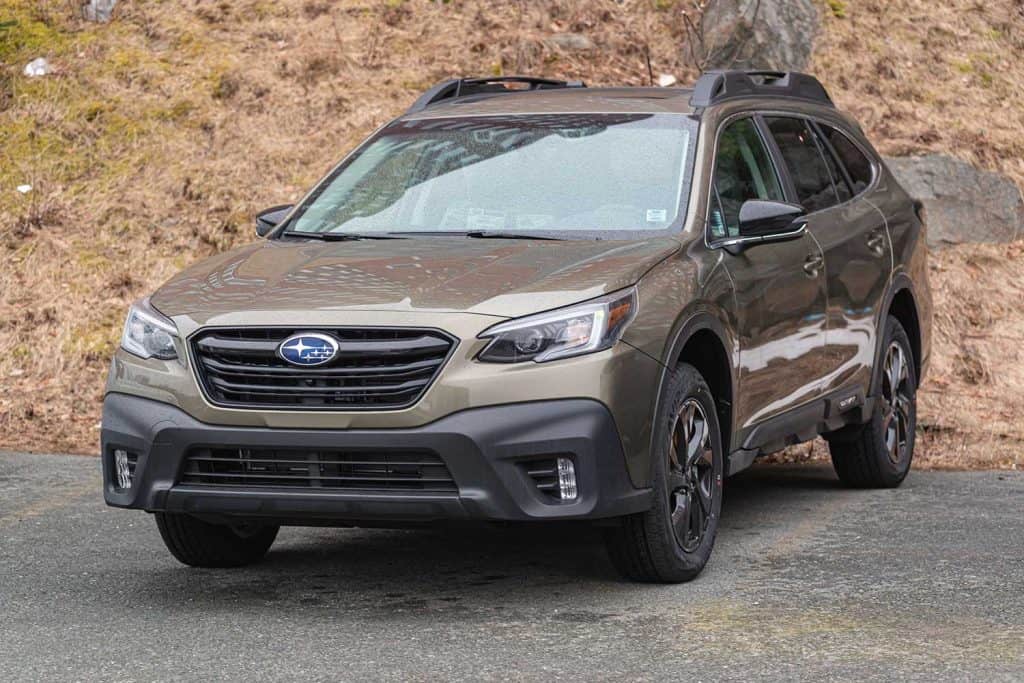Selecting the right vehicle for your family's needs can involve a good amount of research. Whether purchasing a new or used vehicle, having a general idea of how long you can expect it to be road-worthy is an important consideration. And if you're shopping for Subaru's popular Outback model, you'll want to be well informed on its life expectancy. We researched this vehicle from numerous professional sources so that you know what to expect.
The Subaru Outback will last on average 300,000 road miles, under normal circumstances. For this amount of mileage to be possible, you will need to have routine maintenance performed. You may also need to adjust your driving habits.
Now that we know how long the Subaru Outback will last, we'll look into what it takes to make this mileage expectancy happen. You might also be wondering what the common problems are with the Outback or how expensive repairs might be on this model. To see the answers to these questions and more, read ahead in this post to see what our research has uncovered.

Getting the most mileage out of your Subaru Outback
Getting to that 300,000-mile mark isn't a guarantee. Making it that long will require some effort on your part as the primary driver. The most significant factor that will impact any vehicle's life expectancy is whether or not you are following the recommended maintenance schedule.
While the following is not intended to be all-inclusive, it will give you an overall picture of what you can expect to get serviced and when:
- Oil replacement and oil filter change should occur every 6,000 miles
- Tire rotation and inspection is needed every 6,000 miles
- Brake inspection (fluid, pads, and rotors) every 12,000 miles
- HVAC filter check every 12,000 miles
- Fuel filter replacement every 72,000 miles
- Air filter replacement every 30,000 miles
- Power steering fluid check every 72,000 miles
- Timing belt should be inspected at 60,000 miles, then inspected again every 30,000 miles
So long as you get your oil changed at regular intervals, the pistons, rings, crankshaft, and bearings should last indefinitely. But other factors, such as driving habits, climate, and collision damage, can also impact the longevity of your vehicle.
Excessive accelerations, sudden braking, and driving at high speeds can prematurely wear certain parts of your Outback. This could lead to some maintenance needing to be performed earlier than the guidelines.
Before you put too many miles on your Subaru Outback, be sure to check the maintenance schedule in the owner's manual. There, you'll find a comprehensive list of everything you should get checked and when to replace them. As with any vehicle, anything you might not be experienced doing should be completed by a trusted mechanic.
What is considered high mileage for a Subaru Outback?
A Subaru Outback that has mileage eclipsing 350,000 is considered high mileage. With proper care and routine maintenance, your Outback might last even longer. Many consumers report their Outbacks turning well over half a million miles.
Is a Subaru Outback a reliable car?
Consumers report that the Subaru Outback is one of the most reliable vehicles on the market today. With an average lifespan of 300,000 miles, this vehicle outlasts many other models in its class. It's not uncommon for this car to be on the road 15 years after production.
A car with a solid history, the Outback has a high predictability rating from Consumer Reports. This agency rated this model at a 4 out of 5, fairing much better than the average model vehicle.
What are common problems with Subarus?
As with any model vehicle, the Subaru Outback has been known to have some issues within certain model years. We'll cover the most common things you should be aware of, should you be considering a used Outback.
Front engine leaks
Camshaft and crankshaft leaks have been reported in models spanning many years of the Outback. The seals and/or gaskets have been reported faulty. Fortunately, this is a quick and easy replacement. If you notice oil spots on your parking place, it's recommended to get this remedied as soon as possible.
Timing belt replacement
Model Outbacks from 2000 to 2003 have been known to have problems with their timing belts. While these should last up to 200,000 miles, consumers reported replacing them as early as 70,000 miles. If you have an Outback, it's recommended to have this timing belt inspected carefully at 60,000 miles and every 30,000 miles thereafter.

Excessive engine vibration
Model Outbacks after 2000 have been known to have transmission converter torque failure. This typically occurs after 100,000 miles in affected vehicles. When this failure occurs, the engine will vibrate loudly. The solution is a quick and easy fix that your dealership or mechanic can remedy inexpensively.
Head gasket failure
Post-2000 Outback models have had some problems with the head gaskets being faulty. This problem was common enough that Subaru extended certain components of their warranty to eight years.

Oxygen sensor issues
Faulty sensors in the front of the engine would crack. This would lead to a check light appearing on the dash. A recall was issued, allowing owners to return to the dealerships to get this sensor replaced.
Battery and glow plug issues
A fairly uncommon issue, but one that still impacted models from the mid-2010s. Faulty batteries would fail, requiring replacements.
Is a Subaru Outback expensive to repair?
The Outback rates are just above average in annual repair costs. For the typical model Outback, you can expect to lay out almost $700 annually to repair and maintain the vehicle in the first five years. This is on par with Toyota's RAV-4.
What year Subaru Outback is most reliable?
As an overall reliable vehicle, you can expect the Subaru Outback to last many years and miles, no matter what model year you own. Technological improvements and more streamlined designs have made the models post-2015 the best to own. But you can still expect longevity with earlier editions of the Outback.
The Outbacks from 2013 to 2015 have been noted to have the most recall issues. But these are mostly minor issues, and Subaru was able to fix them in the recall process.

In Closing
Getting the most mileage out of your Outback means you will need to learn and adhere to their scheduled maintenance. While all maintenance listed in the owner's manual is important, routine oil changes and timing belt inspections are the two factors that will make or break your Outback's life expectancy. Subaru dealerships are great at scheduling your maintenance well in advance, helping you on the way to 300,000 and beyond.
If you found this post on the Subaru Outback to be helpful, we believe you'll enjoy reading the following automotive posts:
What SUVs Have Blind Spot Detection? [2021 Midsize And Full-Size]
How Big Is The Ford Edge Cargo Area? [Dimensions For 2021 Models]
Best Pickup Truck Tent Campers That Will Enhance Your Camping Experience
